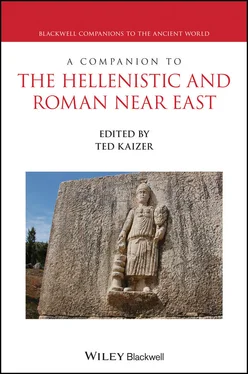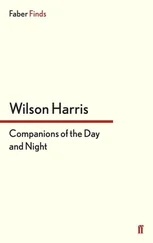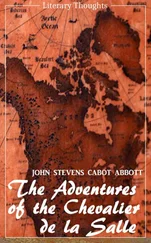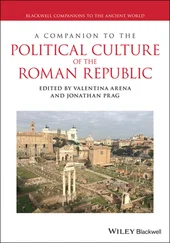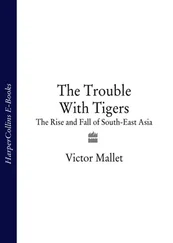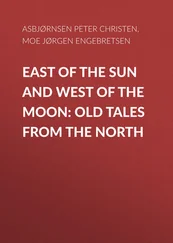Figure 14.6C Copper-alloy coin of Antiochus IV (175–164 BCE), minted at Apamea. The obverse portrays Antiochus wearing the royal diadem; the reverse has a seated figure of Zeus with the legend “of the Apamaioi , who are on the Axios (river).” Axios was an alternative name for the river Orontes. Although the coin does not bear the king’s name and titles, it is likely that it was issued with royal consent.
Figure 14.6D Copper-alloy coin of Ptolemy, tetrarch of Chalcis (c. 84–40 BCE). The obverse bears a laureate head of Zeus; the reverse shows a flying eagle, with the legend “of Ptolemy the tetrarch.”
Figure 14.7A Copper-alloy coin of Sidon, issued in the second quarter of the second century BCE. The obverse depicts the city-goddess; the reverse shows a ship’s rudder, but it is the accompanying Phoenician inscription that makes this coin particularly interesting: “of Sidon, metropolis of Cambe (Carthage), of Hippo (a neighbor of Carthage), of Citium (in Cyprus), of Tyre.” On this coin, Sidon proclaimed its greater antiquity and therefore superiority as the founder of its southerly neighbor and rival Tyre. Naming Tyre last on the list may have been deliberate.
Figure 14.7B Silver drachm of the Nabatean king Rabbel II (70–106 CE), dated regnal year 3 (72/73 CE). The obverse has a laureate and diademed head of Rabbel, with an Aramaic legend “Rabbel, king of the Nabataeans, year 3” (the number is visible as three parallel strokes just above the shoulder); the reverse portrays his mother Shuqailat, with the Aramaic inscription “Shuqailat his mother, Queen of the Nabataeans.”
Figure 14.7C Copper-alloy coin of Trajan (98–117 CE) minted at Beroea. The obverse portrays Trajan; the reverse has the ethnic BEPOIAIWN (“of the Beroiaoi ”) in a wreath. The meaning of the letter A at the bottom is uncertain but it is likely to be some kind of control mark connected with the organization of coin production in the city.
Figure 14.7D Copper-alloy coin of Macrinus (217–218 CE), minted at Laodicea. The obverse carries the imperial portrait; the reverse shows a figure of the satyr Marsyas, carrying a wine skin and with his hand raised, which was used as a coin type by many Roman coloniae in the Near East. The inscription on the reverse reads COL LAODICIAE METR IIII PROV, “of the colonia of Laodicea, metropolis of the four provinciae.” This is thought to refer to Laodicea’s status as a center for the four regions of the imperial cult in Syria. This role was probably given to Laodicea by Septimius Severus, for the city having supported him in his war against a rival, Pescennius Niger; Laodicea’s rival, Antioch, which had previously been the chief city of the Syrian imperial cult, had supported Niger and was demoted when Severus triumphed.
Figure 14.8A Copper-alloy coin of Macrinus (217–218 CE), minted at Damascus. The obverse bears a portrait of Macrinus; the reverse shows a temple on a platform, approached by a staircase, with an altar at the bottom. At the base of the platform is an arched grotto from which water flows; behind the temple is a tall vine. The image probably depicts the temple at Ain Fijeh, in the Antilebanon to the west of Damascus, which was the source of the Barada river that flows through the city. The surviving remains of the temple stand above a vaulted structure that still contains a spring.
Figure 14.8B Copper-alloy coin of Severus Alexander (222–235 CE), minted at Hierapolis. The obverse portrays the emperor; the reverse shows cult images of Hadad (seated on the left) and Atargatis (seated on the right), holding attributes and flanked by animals (bulls for Hadad, lions for Atargatis). Between them is a shrine with a triangular pediment, containing what looks like a military standard, which is presumably the semeion , a cult image referred to in Lucian, Syr. D . 33 (see also Chapter 37).
Figure 14.8C Copper-alloy coin of Antoninus Pius (138–161 CE), minted at Emesa. The obverse carries the imperial portrait; the reverse shows an eagle perched on the stone of Elagabal, carrying a wreath in its beak. The stone itself is decorated with a crescent and two stars, recalling Herodian’s description of the stone’s surfaces (5.3.5, Loeb version): “there are some markings that are pointed out, which the people would like to believe are a rough picture of the sun, because that is how they see them.”
Figure 14.8D Copper-alloy coin of Valerian I (253–260 CE), minted at Ptolemais. The obverse shows the emperor in military attire, carrying a shield and with a spear over his shoulder. The reverse has a tree, flanked by two altars, from which a snake is seen rising, and a caduceus on the right-hand side. The exact nature of the cult expressed by this image is uncertain, but the presence of a caduceus suggests a connection with Hermes. Ptolemais was given the status of a Roman colony under Claudius (41–54 CE), and consequently the legends on its coinage are in Latin.
Figure 14.9A Copper-alloy coin of the joint emperors Trebonianus Gallus and Volusian (251–253 CE), minted at Antioch. The obverse shows busts of the two emperors facing each other (Trebonianus Gallus on the left, and his son Volusian on the right). The reverse depicts the statue group of the Tyche of Antioch with the river Orontes at her feet, housed in a portable shrine with carry-bars at the bottom. Above the shrine, a ram (probably a Zodiacal symbol) is shown leaping right. Although Antioch was a Roman colony at the time, its coinage continued to carry Greek legends (even the title “colonia” appears in Greek on the reverse, abbreviated at the bottom right as KOΛΩΝ).
Figure 14.9B Copper-alloy coin of Gallienus (253–268 CE), minted at Heliopolis. The obverse carries a portrait of the emperor; the reverse shows an athlete holding a victor’s palm branch and placing a crown on his head. Heliopolis was a Roman colony, like Ptolemais, and hence the legends on the coin are in Latin. By the mid-third century it held Greek festivals; its coins refer to a sacred Capitoline ecumenical games, and this type was a standard coin type in the Greek east to denote the athletic element of such festivals.
Figure 14.9C Copper-alloy coin of the early fourth century, minted at Antioch. The obverse shows the Tyche of Antioch, seated on a rock, with the river Orontes personified as a young man swimming beneath her. The legend reads GENIO ANTIOCHENI (“to the genius of Antioch”). The reverse shows another famous Antiochene monument: the statue of Apollo at Daphne near Antioch; and the legend reads APOLLONI SANCTO (“to sacred Apollo”).
Figure 14.9D Copper-alloy coin of Justin I (518–527 CE), minted at Antioch, with a portrait of the emperor on the obverse. The reverse depicts the Tyche of Antioch seated within a two-columned shrine; the backwards letter E in front of her is a value mark (5 nummi ).
Figure 14.10 Places and regions mentioned in chapter 14. Map of distribution of coinage based on https://commons.wikimedia.org/wiki/File:Middle_East_topographic_map-blank_3000bc_crop.svg. All adjustments © T. Kaizer.
Figure 15.1 Australian aerial photography on the Palestine Front in 1916–18. (A) The Australian War Photographer Frank Hurley. (B) Australian servicemen processing aerial photographs. (C) An Australian view of the remarkable location of Kerak in Jordan, the shadows pointing to the deep valleys on either side of the ridge. The Crusader castle (center) and town overly the Roman city of Characmoab.
Figure 15.2 A mosaic of Royal Air Force vertical photographs of 1926 of the Greco-Roman city of Gerasa (Jarash). The entire circuit of city walls can be seen, the monumental west side of the city, the circus (south of city) and the Circassian settlement overlying the eastern side (APAAME_19261122_OGSC_RAF-AP1084C).
Читать дальше
